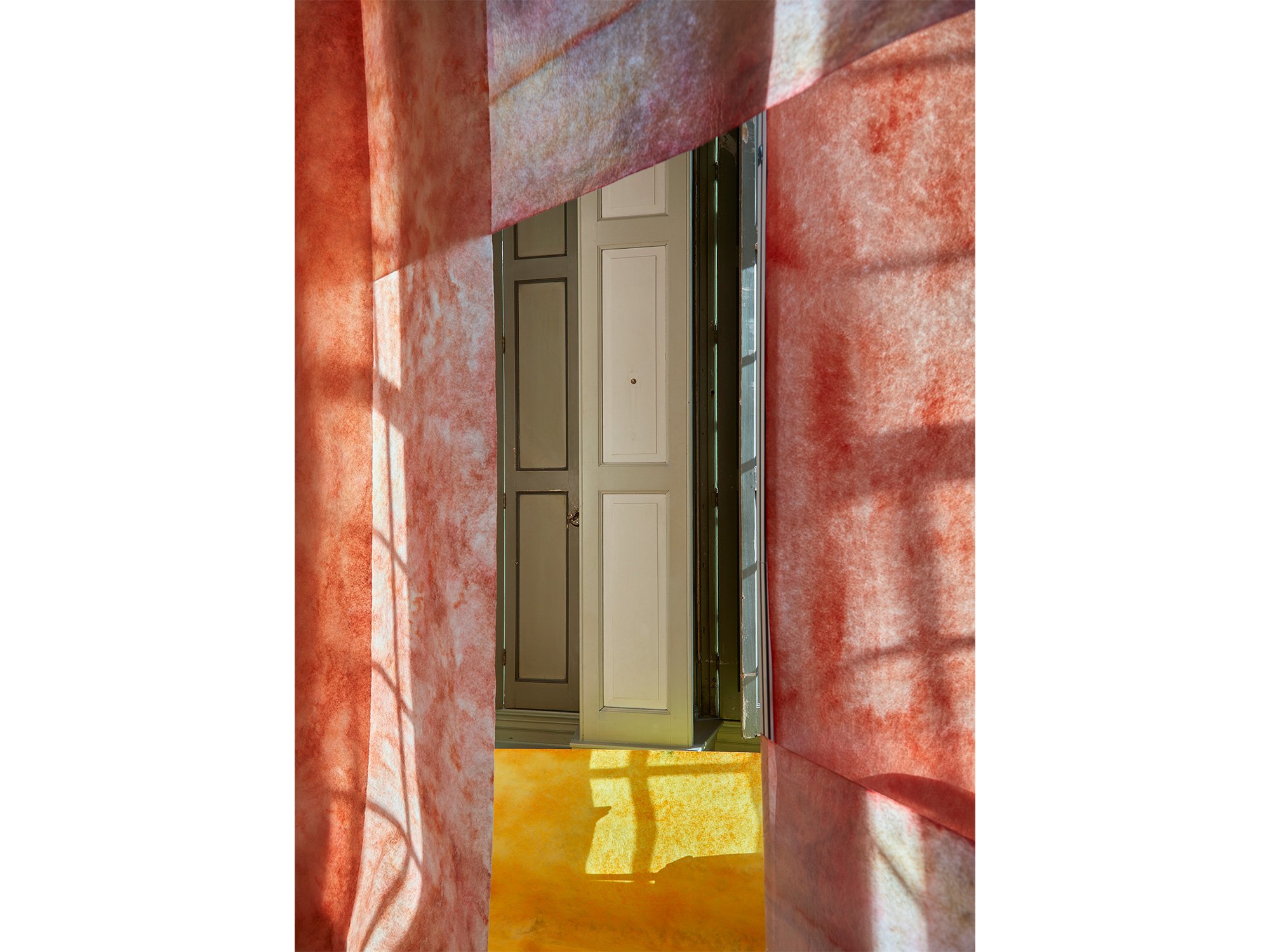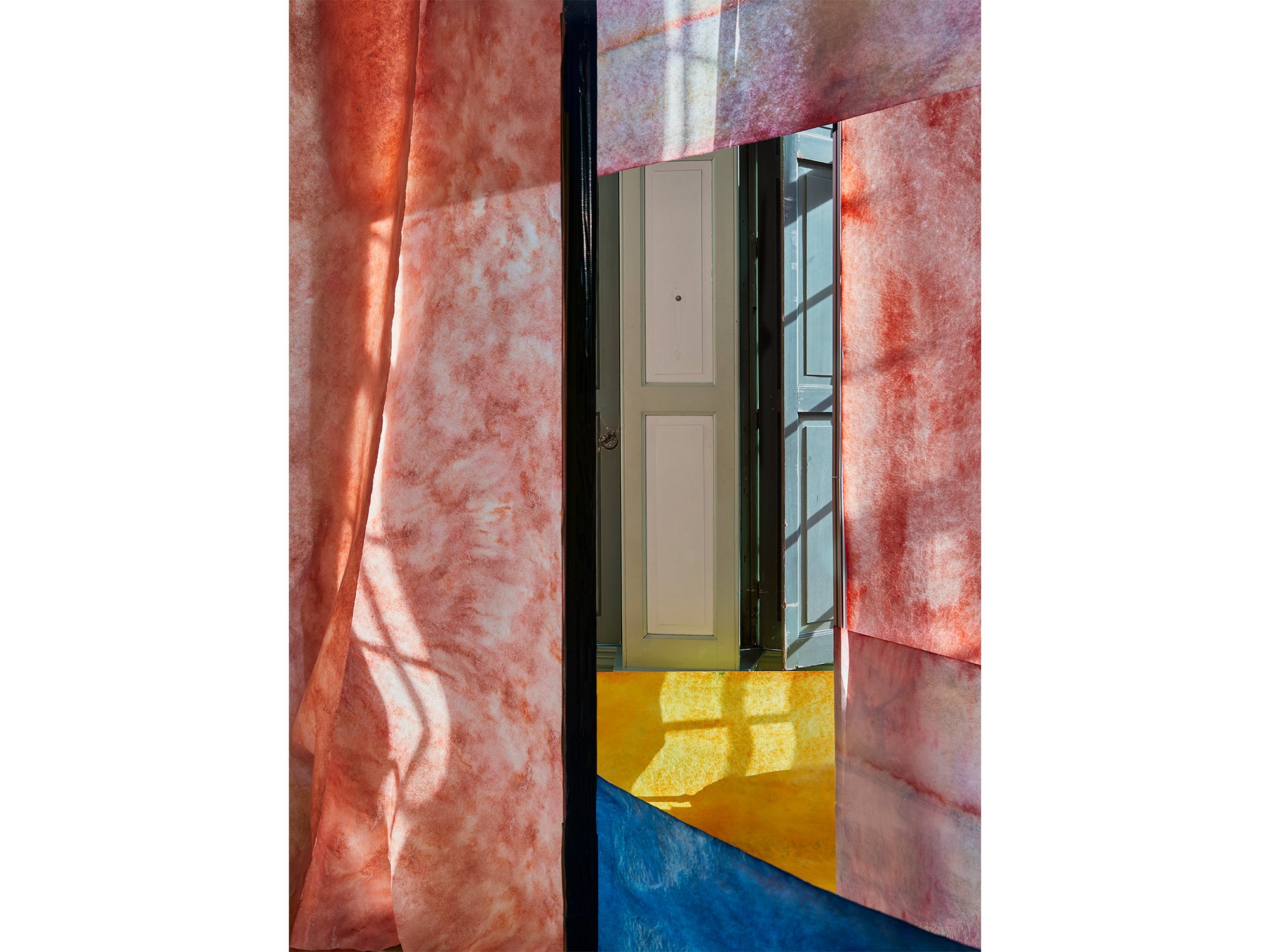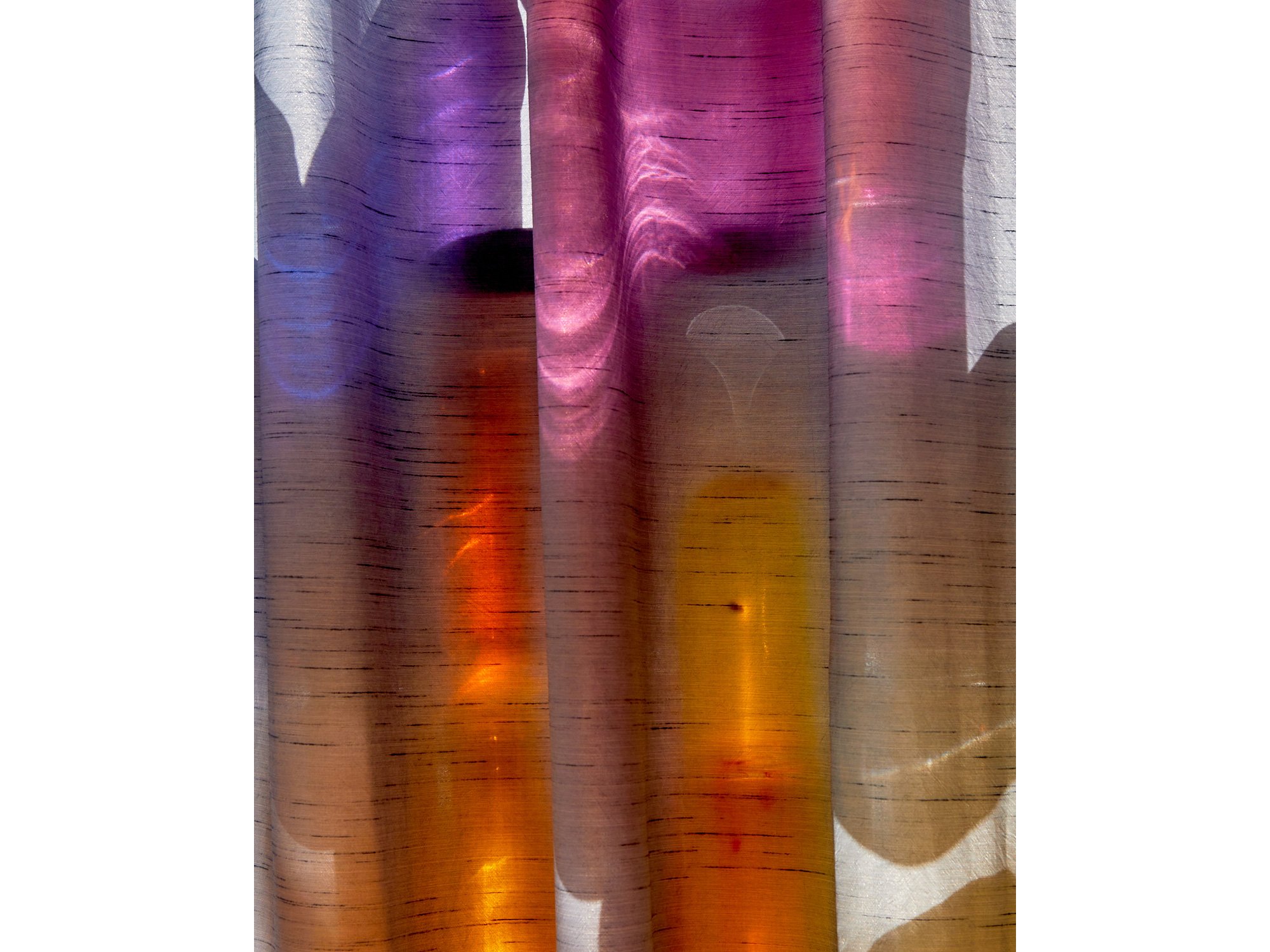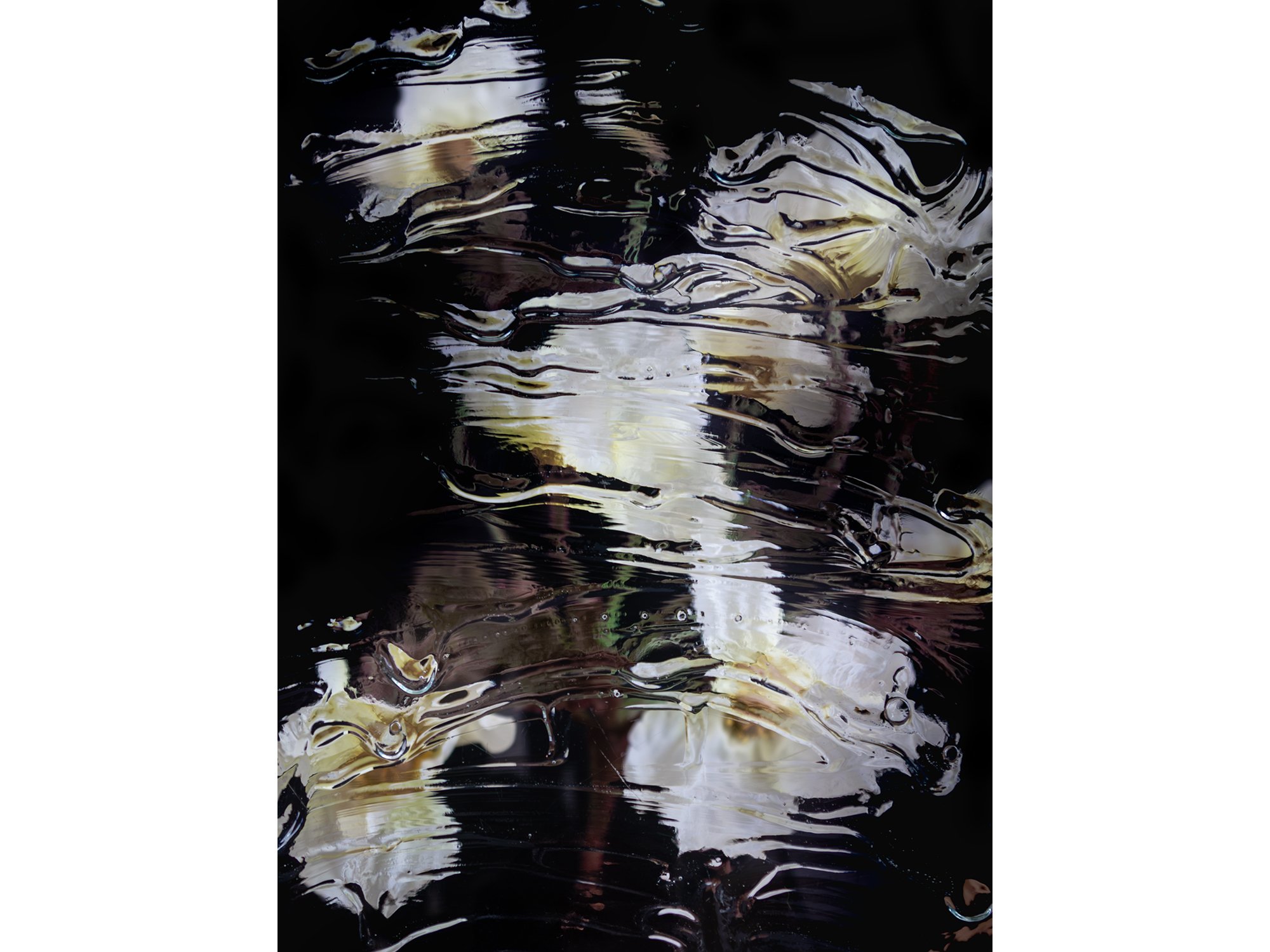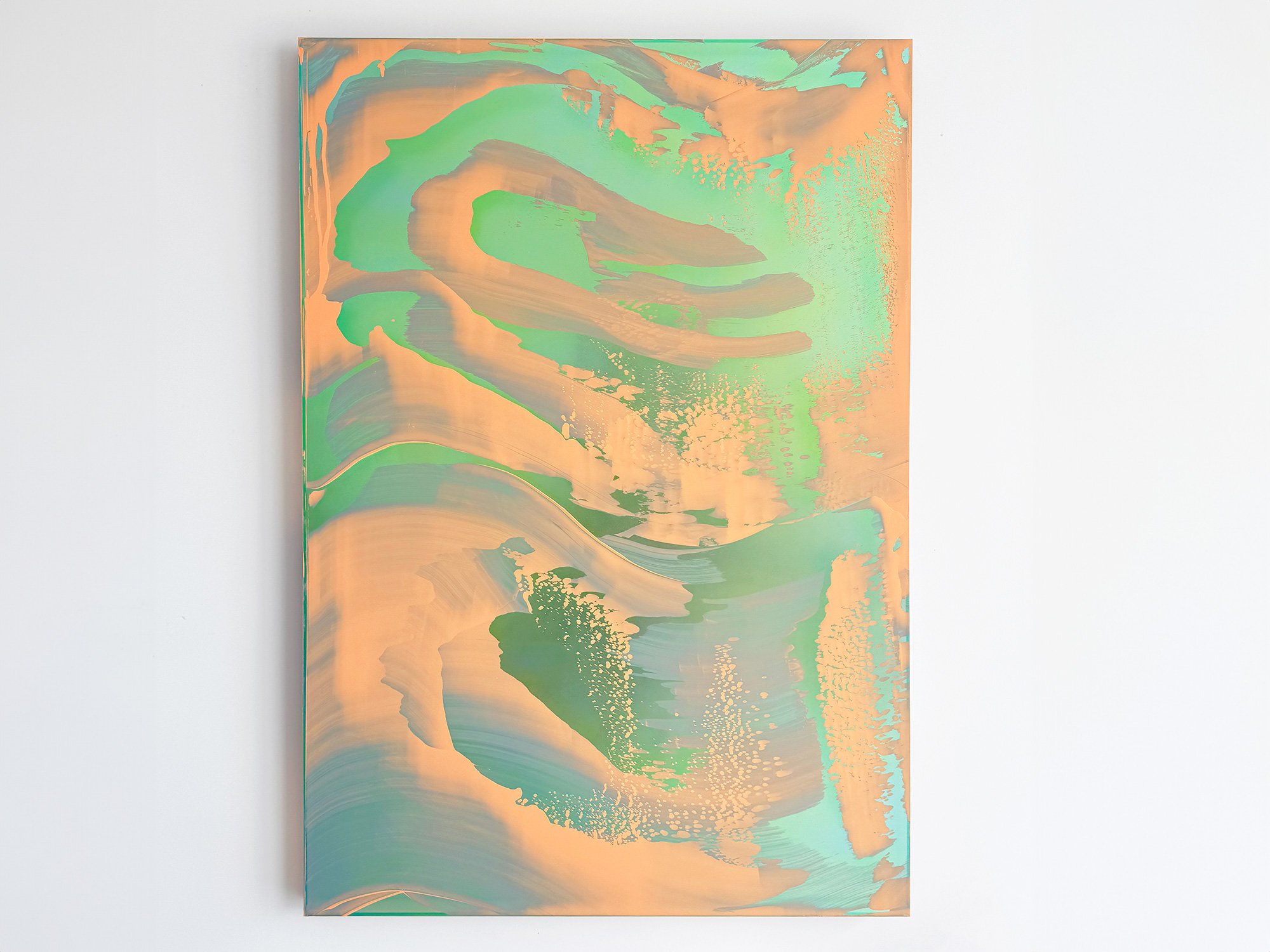How to care for your artwork? Simple tips to make it last
How to protect your art at home: From photography to bold paintings
The moment a piece of art moves you, it becomes part of your story. You hang it with love, you walk past it every day. Naturally, you want to keep that feeling - that connection - alive for years to come. The good news: you don’t need a museum to preserve the beauty of a work. A few small habits at home can make all the difference.
At Root Gallery, we work with photography, painting, works on paper and more. Each material with its own needs. Many of our collectors ask how to care for their new pieces, and we believe in offering honest, easy guidance. Because loving art also means looking after it.
And behind every artwork we show is an artist who has thought carefully about materials, about how a surface will age, how colour will hold, how a work will live in your space. These choices matter. And so do yours.


Photography: protect what you see
Our recent photographic works are professionally framed using museum glass – typically with 70% UV protection, as higher grades can reflect more. But even with protection, photography is light-sensitive. Avoid direct sunlight and spots above radiators or fireplaces to keep the image crisp and vibrant.

Paint: vibrant colours that lasts with ease
Bright colours - whether oil, acrylic, or mixed media - can bring real energy to a room. Most high-quality pigments are designed to last, especially with a few simple precautions. Some colours, like reds, are naturally a bit more light-sensitive, but that’s easy to manage with thoughtful placement. Fluorescent paints are especially delicate: they’re made from dyes rather than traditional pigments, which means they absorb more light and are quicker to break down under UV exposure.
If the fluorescent colour is used on canvas or paper, we recommend UV-filtering glass and avoiding bright sun. Works made from fluorescent plexiglass likes the ones from Lisette Schumacher, on the other hand, are much more durable and resist fading.
Oil paintings in particular need a bit of extra care: they take years to fully cure and remain sensitive to shifts in temperature and humidity. Avoid hanging them near heat sources or in places with strong sunlight.
As with all paintings, keep them in a stable, shaded place. And when moving or adjusting any painted work, wear gloves. Your hands may be clean, but natural oils and traces of sunscreen can affect the surface over time.
Paper: natural and sensitive
Paper is full of life – it breathes, it expands, and it can mark easily. Most works on paper at Root come framed with museum glass, but whenever handling any piece, use gloves. Even clean hands carry oils, and sunscreen can damage the surface quickly. Avoid placing paper-based works above fireplaces or near radiators, where dry air and rising heat can lead to curling, discolouration, or long-term damage to both paper and frame.
Bonus tip: don't forget the dust
Even the most stunning work can look dull with a layer of dust. We recommend gently brushing it off every now and then, ideally with a very soft brush or duster. You can also use a cold hairdryer on low to help move the dust while brushing. Just a few seconds of care, and your piece will look fresh and vibrant again.
Let art live with you, and stay with you
Some of the pieces we exhibit are acquired by museums. But most end up in homes, above sofas, next to bookcases, on hallway walls. Art belongs in life. And with just a little awareness, it can stay beautiful for decades.
Even better: many modern homes already offer ideal conditions. Underfloor heating keeps temperatures stable, and UV-filtered windows help protect colour and texture. Your home might be more art-friendly than you think.
Have a question about a piece or where to hang it? Send us a photo. We’d love to help you find the perfect spot.





